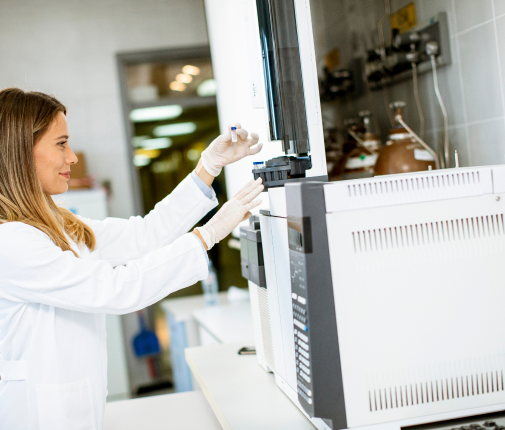ANALYTICAL TECHNIQUES
Gas Chromatography (GC)
Gas chromatography (GC) is an analytical technique used to separate the organic chemical components (analytes) of a mixture or sample and then detect them to determine their presence or absence and/or how much is present.
For GC to be able to separate a mixture, the components need to be volatile and thermally stable so they don't degrade in the GC system. Separation is based analyte boiling point and affinity for a stationary phase. GC is a widely used technique across most industries for quality control, research, testing of natural products and food. This technique is commonly employed to measure solvents and other volatile analytes in a variety of sample matrices.








